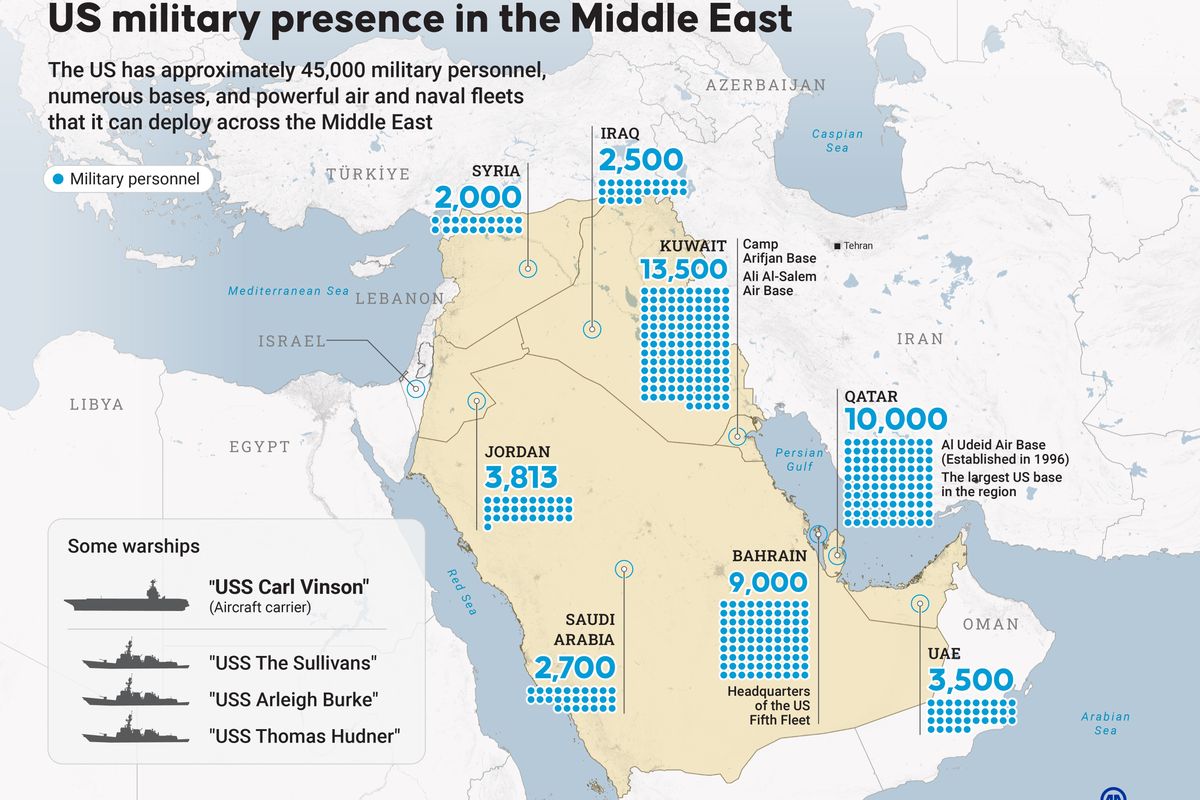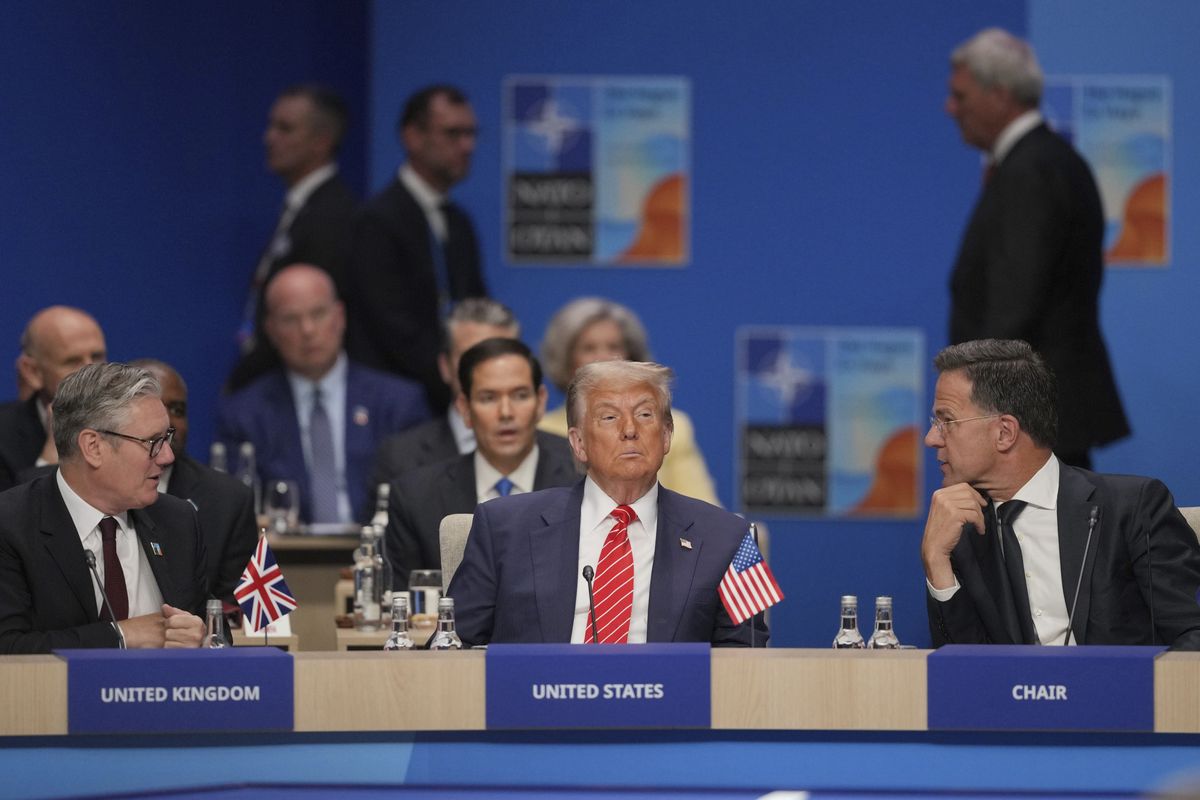The United States has been at war for 15 years, and at the same time, it has attempted to modernize and maintain readiness. President Donald Trump has made restoring the military a key policy goal, and his recent budget proposal intends to increase the size of the military. The proposal has been controversial, with some claiming the increase is too costly and others maintaining it will do very little to restore American power. The Cipher Brief Spoke to Todd Harrison, the director of Defense Budget Analysis at CSIS, to learn more about how the defense budget is shaped.
The Cipher Brief: How do we arrive at the top line figure for the defense budget? How do we determine what our defense and security requirements are, and from that, how much we are going to pay for it?
Todd Harrison: In theory, the defense budget should be set based on defense strategy—what the nation wants the military to be able to do, the threats that could impinge on the military’s ability to do those things, and the level of risk (or insecurity) the nation is willing to tolerate. But in practice—especially in recent years—the defense budget is set through negotiation over broader fiscal goals, and then military leaders try to adapt defense strategy to fit the budget after the fact. This year is a perfect example, because the Trump administration announced the topline amount of the defense budget for FY18, yet the Defense Department will not finish preparing the FY18 budget request detailing how the money will be spent until May.
TCB: President Trump recently proposed a defense budget $54 billion above the original FY2017 proposal for a total of $603 billion. What could this pay for over the original budget?
TH: The $54B increase proposed by Trump for the FY18 budget is not as much of an increase as it sounds. It is $54B above the budget caps in place for defense, but President Obama had already proposed spending $35B above the budget caps in FY18. So most of Trump’s increase was already planned by the previous administration. But the new administration could reallocate how money is spent within the budget to fund new priorities.
The Trump administration has indicated that one of its top priorities for defense is to increase the size of the military. It wants to add 90,000 soldiers to the Army, some 75 new ships to the Navy, and hundreds of new fighter jets to the Air Force. These increases would over time add more than $90B to the annual budget, which would require a larger increase in funding than proposed or significant offsetting cuts within the budget. More importantly, the administration has not yet offered a strategic rationale for why these specific increases in the size of the military are needed.
TCB: Within the government, which interests want a larger budget and which interests want a smaller budget?
TH: Unlike many other issues in Congress, the defense budget debate does not break down neatly across partisan lines. Republican defense hawks—who tend to be on the defense committees—are often joined by hawkish Democrats—who also tend to be on the defense committees—in pushing for a larger defense budget. The Republican chairmen of the Armed Services Committees, Senator John McCain and Representative Mac Thornberry, are proposing a defense budget of $640B for FY18, significantly higher than what Trump has proposed. Those advocating for a smaller budget are an odd collection of fiscal conservatives in the Republican Party (many from the Freedom Caucus) who want to cut overall federal spending and Democrats who want to prioritize domestic spending.
When it comes to getting a defense budget increase through Congress, the minority has significant power. The budget caps for defense are already law, so any increase requires amending that law. Changes to the budget caps need 60 votes to make it through the Senate, which means Republicans would need to keep all of their 52 members and court eight Democrats to vote with them. That is likely to be a significant obstacle for Trump’s proposed budget and could mean that any increase in defense will be less than the administration is requesting.
TCB: Is it only a question of having more or less money in the budget, or is there an opportunity for reallocating the budget towards defense priorities?
TH: While the total amount of the defense budget is important, how the money is spent is just as important. At the highest level, the tradeoffs that can be within the defense budget are among capacity (the size of the military), capability (the level of advanced technology and weapons), and readiness (the level of training and preparedness of the military).
The Obama administration prioritized capability and readiness, and was willing to accept a small force to pay for these priorities. So far, the Trump administration appears to prioritize capacity and readiness, and seems willing to sacrifice more advanced capabilities. This could result in a significant shift within the DoD budget, with a greater share of the budget going to pay and benefits of personnel (to pay for a larger military) and to maintenance and training accounts (to improve readiness). And it may be bad news for research and development funding, which may not benefit proportionately from the proposed increase in the budget.











